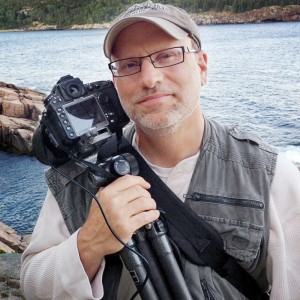A Few Words on Photographic Manipulation
As I see it, there has never been a time in history when a photographer has had access to as many tools to manipulate a photograph, post-capture, as now. Likewise, there has never been a time in history when a photographer has had access to as many tools to ruin a photograph, post-capture, as now.
There’s a trend among photographers today to engage in extensive photo manipulation using software and a computer. Creating unrealistic colors, replacing skies, adding rainbows, adding animals and people to images is all very prevalent now in nature photography. Worse yet is the porcelain doll/soft skin effect in use in the area of people and wedding photography. It’s a tough time to resist software temptation in order to maintain your integrity as a photographer.
I do not subscribe to these trends. I try to be as gentle as possible when post-processing my photographs. And if you shoot digital, make no mistake about it, post-processing is necessary and really no different than the dark room techniques Ansel Adams used in the 1930’s and 40’s.
My main subject matter is Nature and I think any scene encountered anywhere on Mother Earth deserves our respect. Manipulating a photograph of what we saw into something we did not see is sacrilegious when it comes to God’s creations.
In the Field:
My strategy in the field is to capture the best, most complete exposure or set of exposures as possible where all tonal ranges are present. You’ll notice I said ‘set of exposures’ there. I do bracket and blend exposures together once in a while but it is rare when I have to do so. I do not subscribe to any HDR techniques and the technology has to come a long way and be much more natural before I even consider it.
How do I get the landscape images I do with a single exposure? With nearly every image I am using a Polarizer filter, a neutral density filter, or a graduated neutral density filter. By holding back the brighter light and exposing for the darker light, I am able to allow the camera to capture a more even exposure. The mentioned filters are made by Singh-Ray, a great company who makes a great product, and I never go into the field without these filters. They are very expensive compared to others, but worth every penny. To me, it’s very important to get a good exposure in camera than to rely on software to fix mediocre images after capture.
On the Computer:
My workflow is Lightroom > Photoshop > Nik software. /// I use Lightroom to deal with the original RAW file. I use Photoshop for clean-up, cropping, dodge & burn and curve adjustments. Lastly, I use Nik software to increase contrast and detail.

